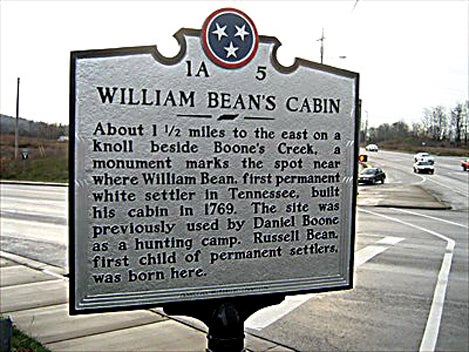East Tennessee History: The Long Hunters
Published 2:29 pm Monday, August 10, 2020
1 of 2
|
Getting your Trinity Audio player ready...
|
The year is 1750. Britain has made productive colonies out of the scattered settlements on the North American east coast. Beyond lay the untamed west of the Ohio Valley, the Appalachian Mountains and beyond to the Mississippi River.
The game was abundant in this wilderness. It is said that when the first English settler came to the first east coast colonies a squirrel could get in the top of a tree at the coast and not have to touch the ground until it got to the Mississippi River.
The game and resources were there to be harvested. Money was there to be made.
Then along came the Long Hunters. This was a name given to a group of brave men who ventured into this wilderness, braving accidents, bears, wolves and Indians to harvest a cash crop of animal hides and meat to be sold to British markets.
The Long Hunters usually traveled two or three together, and they stayed gone for months at a time, shooting game for the meat and the hides. The meat would be dried, and the hides would be cured and both were taken down the Mississippi River to New Orleans or taken back to the English east coast colonies where it was sold for a profit.
These Long Hunters would then go home for a while before getting the urge to get on the trail and leave again for months at a time. Daniel Boone, who was a Long Hunter, would be gone on some trips for up to a year at a time, only to show up at his house one day with a pocket full of money and a smile on his face.
These Long Hunters did more than kill game. They traded with the Cherokee, and they also dug plants like ginseng which could be sold for good money. It is said that on one trip Daniel Boone had four ton of ginseng he was moving down the river toward present day Knoxville. A storm came up and his boat sunk, taking the ginseng to the bottom of the river. In today’s currency, Boone lost around six million dollars in ginseng roots.
Other Long Hunters came also. In 1748 and again in 1750, Thomas Walker crossed the mountains into the Holston River valley. He explored and told others about the Cumberland Gap which allowed an easier access to the western lands.
In 1761, Elisha Walden set up camp in Virginia and went to the Clinch and Powell River valleys.
In 1764, Daniel Boone and Richard Callaway explored the Holston valley for land speculator Richard Henderson.
By 1769, James Smith, Kasper Mansker, Isaac and Abraham Bledsoe, and others moved in to Middle Tennessee and hunted the abundant game there.
As these Long Hunters returned to the colonies, they told people about the abundant land west of the Appalachian Mountain chain. People, starting with William Bean in 1769, began to move to Tennessee.
Bean moved to where Boone’s Creek meets the Watauga River, and there he built a cabin. The area is part of Johnson City today. Soon the first white baby was born west of the Appalachians. His name was Russell Bean.
The first settler had arrived, and there would be many, many more. Before they came, though, there were a group of men called the Long Hunters.
These were men who fought the Indians, traded for game, hides and ginseng, and who were not afraid to go where no other white man had ever gone. They blazed the trails for settlers who came later, and they helped east Tennessee become what it is today.
Next week, we will discuss the first settlers of this area in this column, East Tennessee History.





